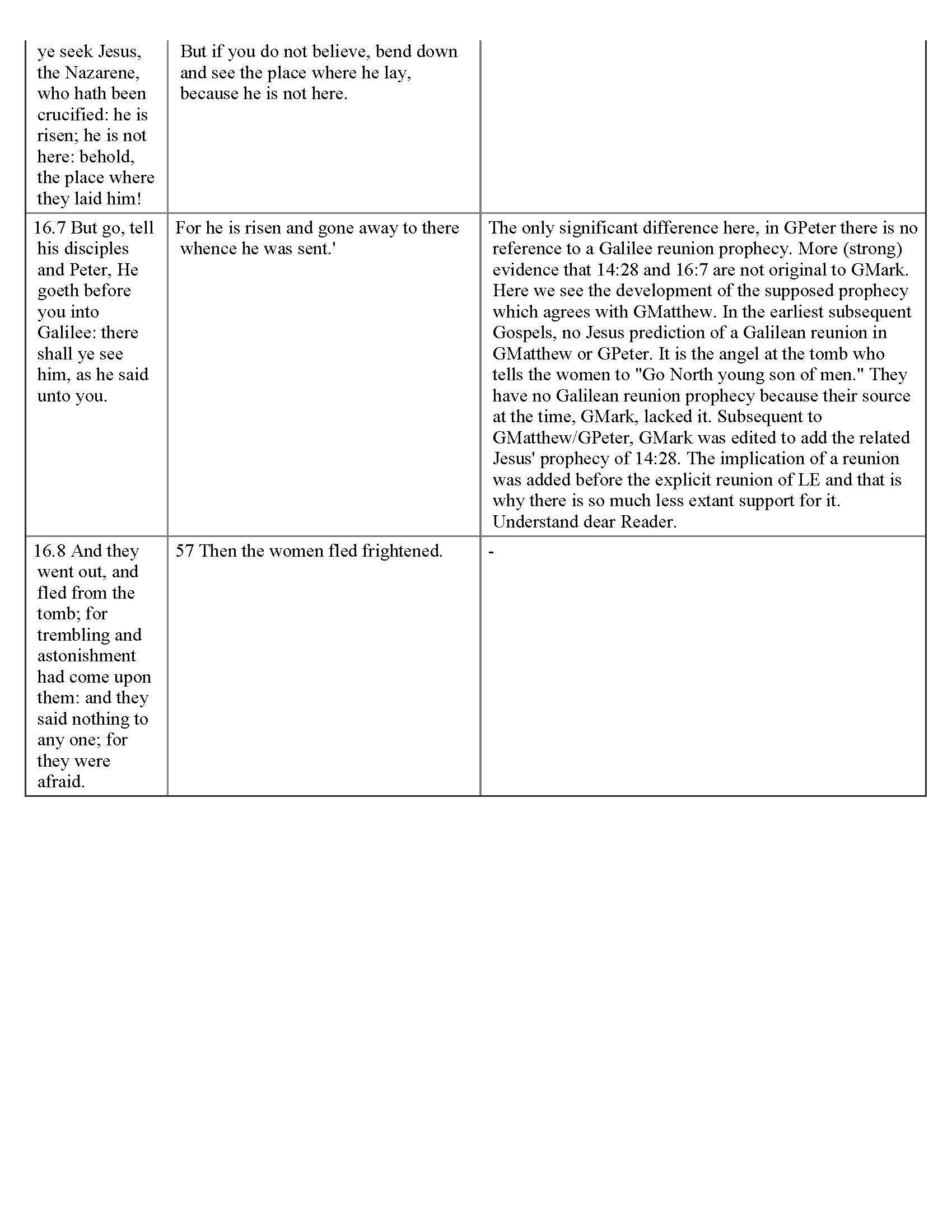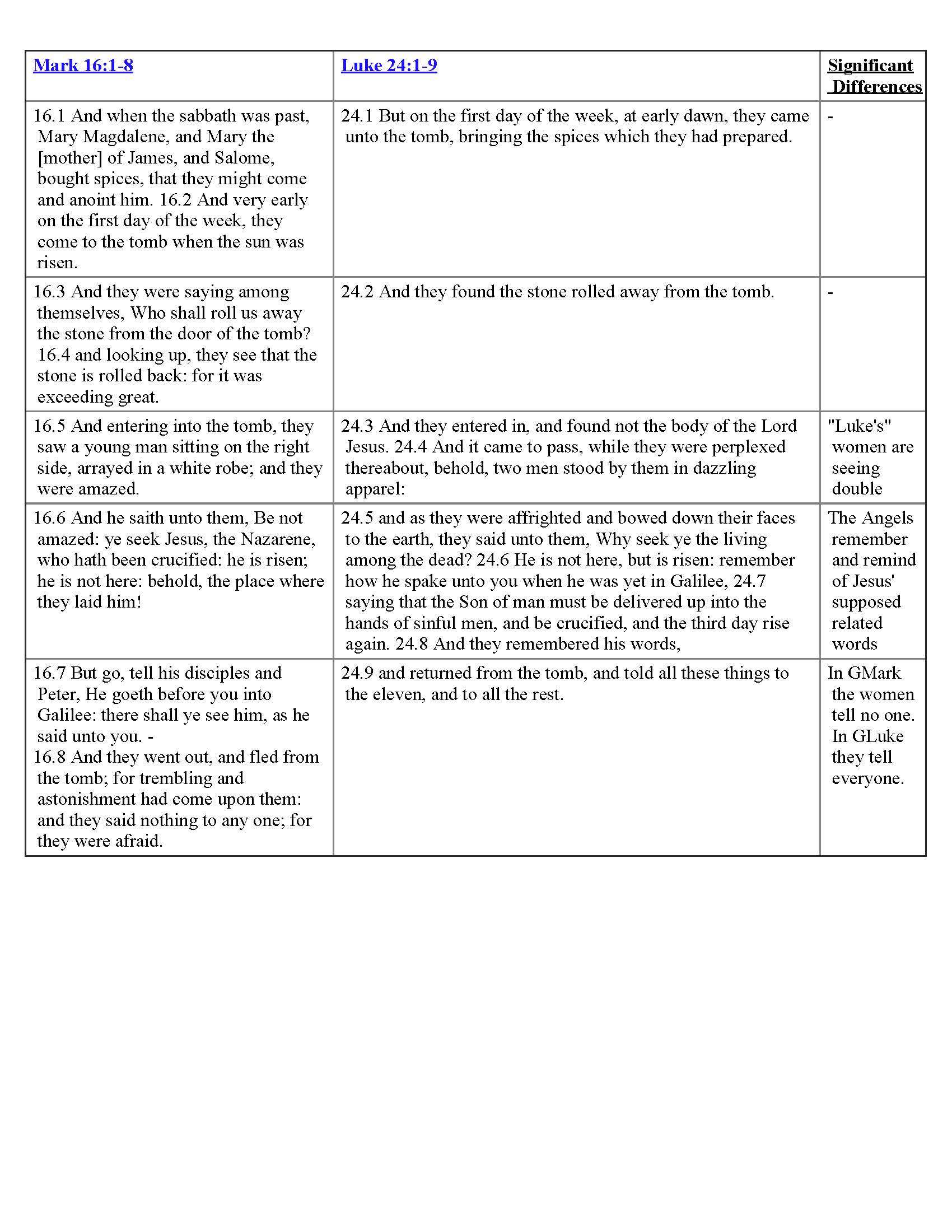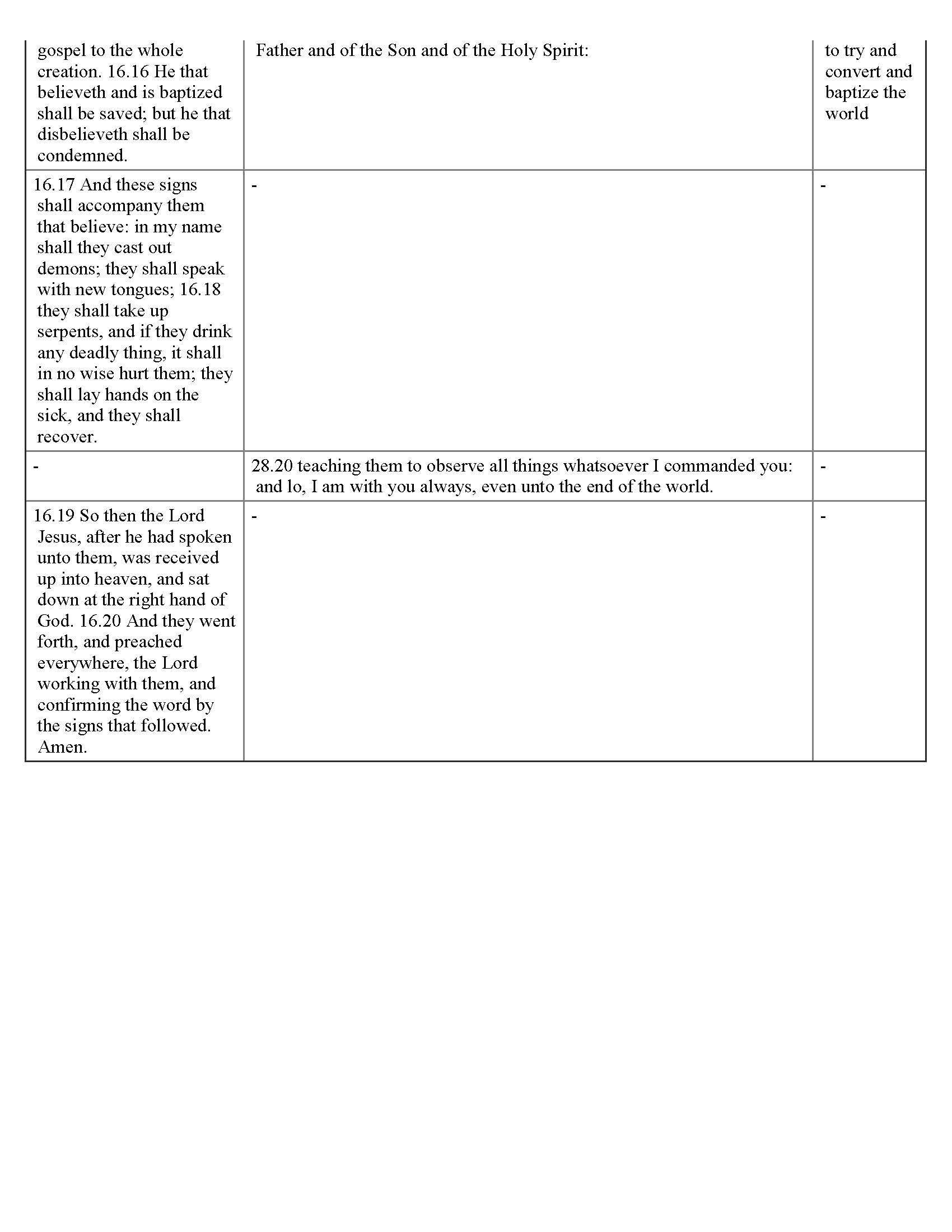1. Introduction of the Issue
The dictionary definition of "hypocritical" is:
Dictionary.com :
"1.
of the nature of hypocrisy, or pretense of having virtues, beliefs, principles, etc., that one does not actually possess:
The parent who has a “do what I say and not what I do” attitude can appear hypocritical to a child.
2.
possessing the characteristics of hypocrisy :CAIR's stated principles are:
Isn't a politician hypocritical for talking about human dignity while voting against reasonable social programs?"
CORE PRINCIPLES
- CAIR supports free enterprise, freedom of religion and freedom of expression.
- CAIR is committed to protecting the civil rights of all Americans, regardless of faith.
- CAIR supports domestic policies that promote civil rights, diversity and freedom of religion.
- CAIR opposes domestic policies that limit civil rights, permit racial, ethnic or religious profiling, infringe on due process, or that prevent Muslims and others from participating fully in American civic life.
- CAIR is a natural ally of groups, religious or secular, that advocate justice and human rights in America and around the world.
- CAIR supports foreign policies that help create free and equitable trade, encourage human rights and promote representative government based on socio-economic justice.
- CAIR believes the active practice of Islam strengthens the social and religious fabric of our nation.
- CAIR condemns all acts of violence against civilians by any individual, group or state.
- CAIR advocates dialogue between faith communities both in America and worldwide.
- CAIR supports equal and complementary rights and responsibilities for men and women.
What is CAIR's attitude than towards the Jewish religion in general and specifically American Jews?
2. Discussion
On the following page:
CAIR Positions Around The World
CAIR has 6 pages of its positions on countries around the world, including Afganistan, Iraq and Syria. 3 of the pages are on Israel. CAIR states:
"the Israeli-Palestinian conflict, that are the main source of anti-American feeling in the Muslim world."
All 3 pages consist entirely of criticism of Israel. There is no mention of any criticism of the Palestinians, even though the US, multiple other countries and now even CAIR (in press releases not on this page) all agree that Hamas is a terrorist organization. We have also seen that the Palestinian Authority and Fatah themselves now meet the definition of Terrorist Organizations in this prior article:
Is The Palestinian Authority a Terrorist Organization Under International Law?
For those not familiar with the Palestinian government, Hamas + Palestinian Authority = Palestinian government.
There is currently no shortage of incidents of Palestinian Terrorism:
2/3 of Palestinians support stabbings
Official PA TV to kids: Israel will cease to exist
PA school honors two terrorist stabbers with football tournament in their names
Mahmoud Abbas: Murdering Israelis is “popular peaceful uprising”
Terrorists who butchered 5 rabbis exemplified the meaning of heroism
CAIR has a page condemning specific terrorist attacks here:
CAIR’s Condemnation of Terrorism
with the most recent condemnation 11-16-15 yet there are no mentions of the multiple Palestinian terrorist attacks in the last two months.
Now let's go to the CAIR Search page and see what we can find:
CAIR Search Page
Type in "CAIR" = 121 results
Type in "Israel" = 54 results
Type in "AIPAC" (American Israel Public Affairs Committee) = 50 results.
For an organization that claims to be primarily about American Muslims these search results seem to indicate that CAIR is also very concerned about Israeli Jews and American Jews (which makes up the large majority of Jews in the world).
CAIR claims in their principles:
"CAIR opposes domestic policies that limit civil rights, permit racial, ethnic or religious profiling, infringe on due process, or that prevent Muslims and others from participating fully in American civic life."
"CAIR advocates dialogue between faith communities both in America and worldwide."
So CAIR claims that they have an important principle of avoiding negative attitudes towards other religions. Just the same as their primary purpose of trying to prevent other religions from having negative attitudes towards American Muslims and Muslim countries. Looking at these many articles though on CAIR's website about Jews (In contrast CAIR has 16 search results for Hinduism, 52 results for Christianity = most of these articles describe multiple religions and are not specific to Hinduism or Christianity or critical of them. How many Hindus/Christians are there compared to Jews?) we've already seen that CAIR is highly critical of Israel, what is their attitude towards American Jews?
CAIR search for "AIPAC":
1st article = "
would make American Muslims and Arab-Americans "second class citizens" who could legally be subject to Israel's policy of ethnic and religious profiling"
2nd article = "upcoming trial of former AIPAC lobbyists Steve Rosen and Keith Weissman"
3rd article = "A federal judge went too far when he ruled that two pro-Israel lobbyists charged with trafficking in classified information were entitled to present certain secret information in court to mount their defense, prosecutors argued in a new brief filed with a federal appeals court."
4th article = "While almost all federally financed programs were denied any funding increase for the coming year, aid to Israel from the United States will increase thanks to a legislative loophole and some deft maneuvering by pro-Israel lobbyists."
5th article = "
If there's any doubt about AIPAC being the belle of Washington, check out next week's ball."
Most, if not all, articles at CAIR about Israel and AIPAC are critical/negative.
3. Conclusion
Webster's Dictionary
1) In return discriminate against Muslims? No.
2) In return discriminate against American Muslims? Uh uh.
3) Create an organization that publicly presents CAIR in the worst possible way? Of course not.
What we should do is point out to CAIR that currently they are a hypocritical organization.
If they really want a positive dialogue with other religions and not just be seen as advocates for Muslims than they need to condemn current Palestinian Terrorism and not just present/mostly present articles that are critical/negative of Jews.
We've seen that CAIR has a primary purpose of trying to prevent discrimination against American Muslims and Muslims in general. We've also seen that CAIR discriminates against American Jews and Jews in general. What should we do?:Simple Definition of discrimination
1) In return discriminate against Muslims? No.
2) In return discriminate against American Muslims? Uh uh.
3) Create an organization that publicly presents CAIR in the worst possible way? Of course not.
What we should do is point out to CAIR that currently they are a hypocritical organization.
If they really want a positive dialogue with other religions and not just be seen as advocates for Muslims than they need to condemn current Palestinian Terrorism and not just present/mostly present articles that are critical/negative of Jews.

































